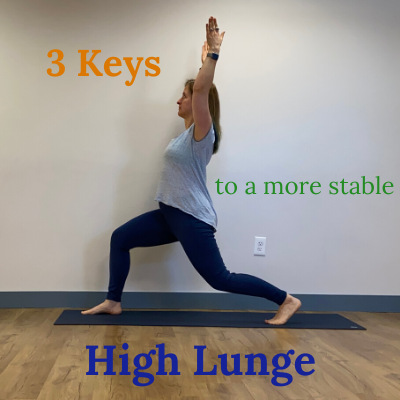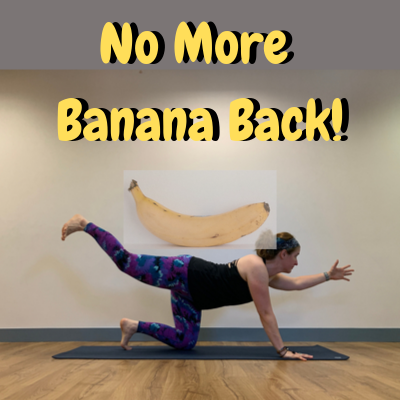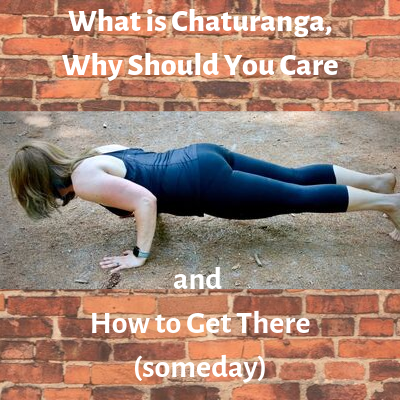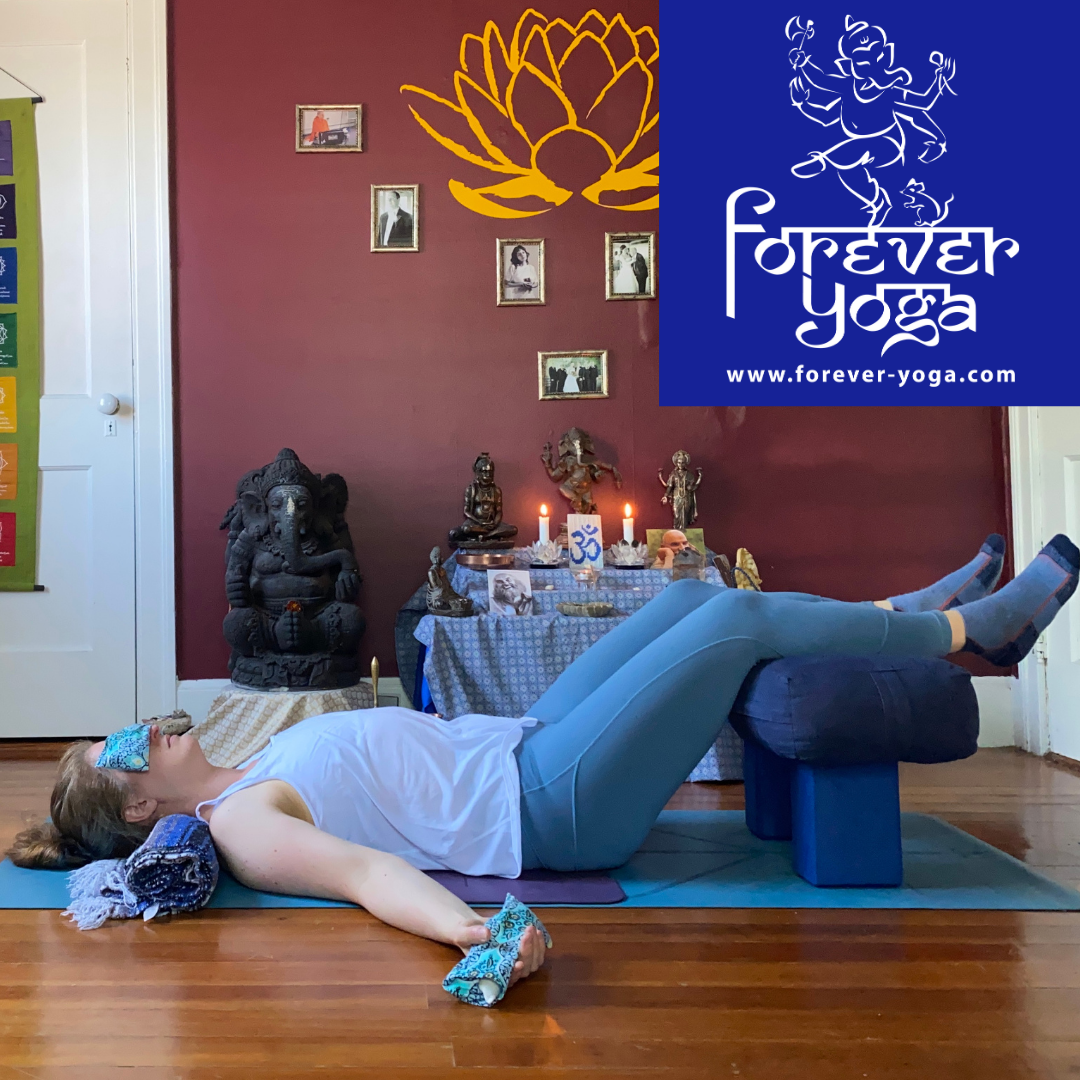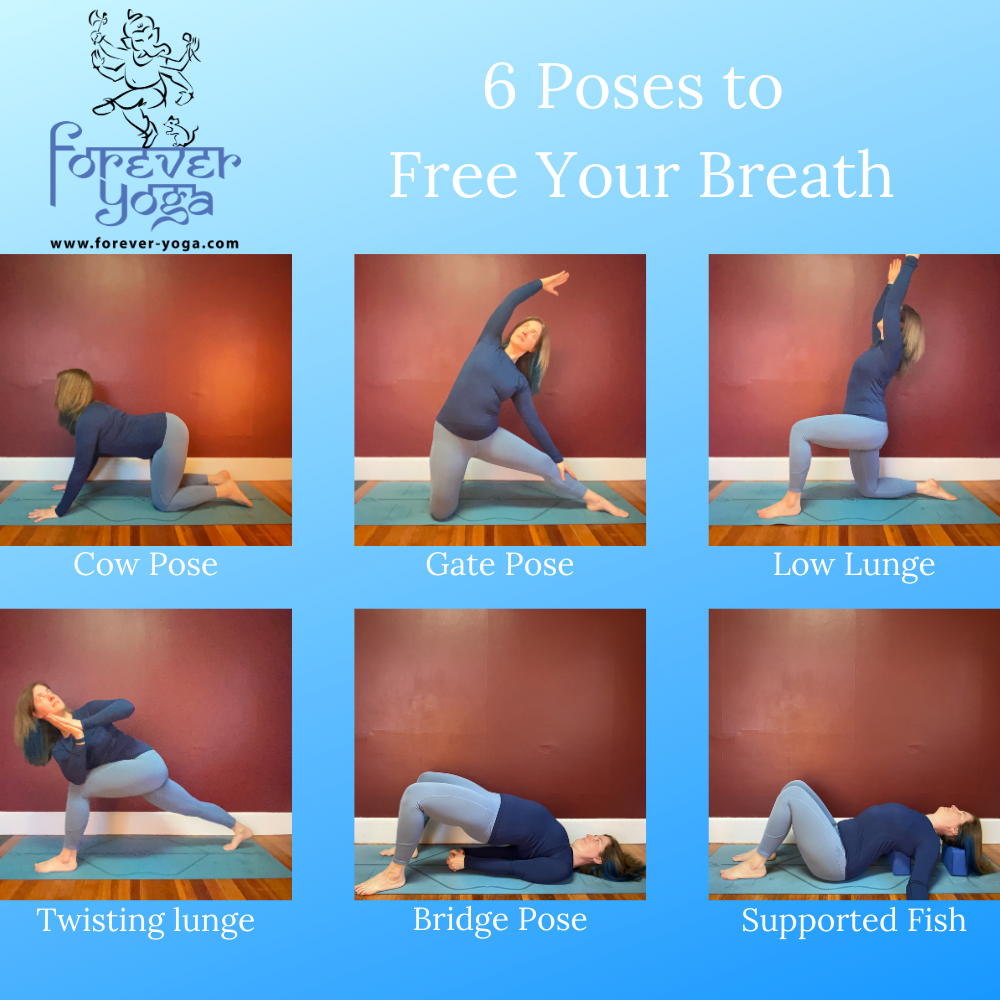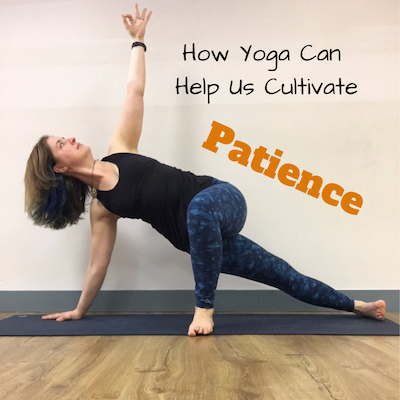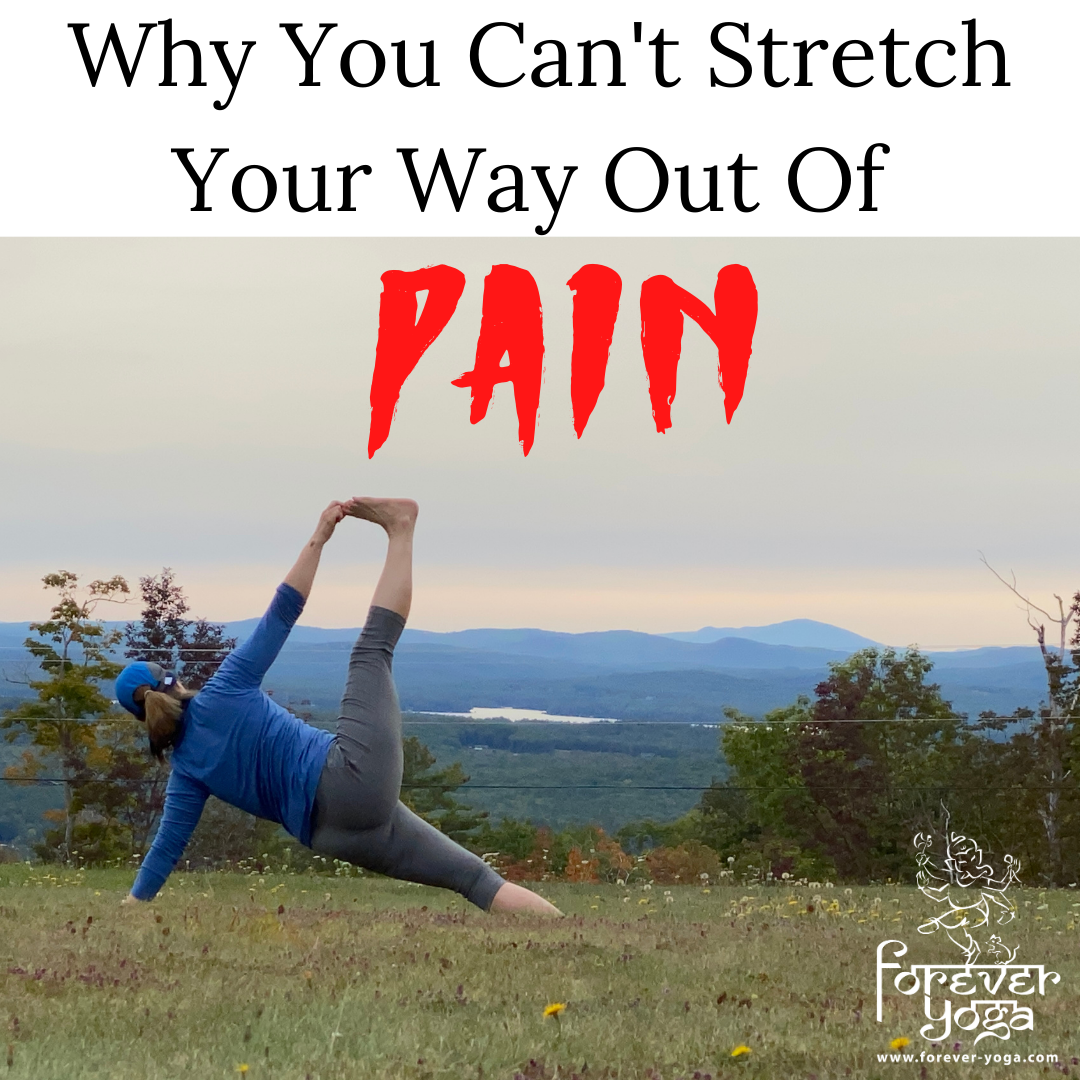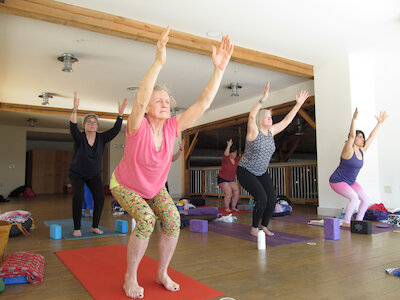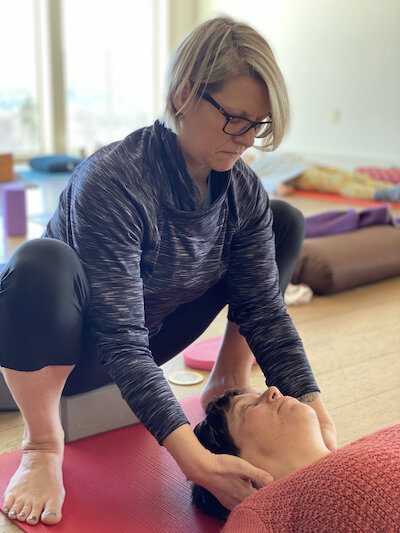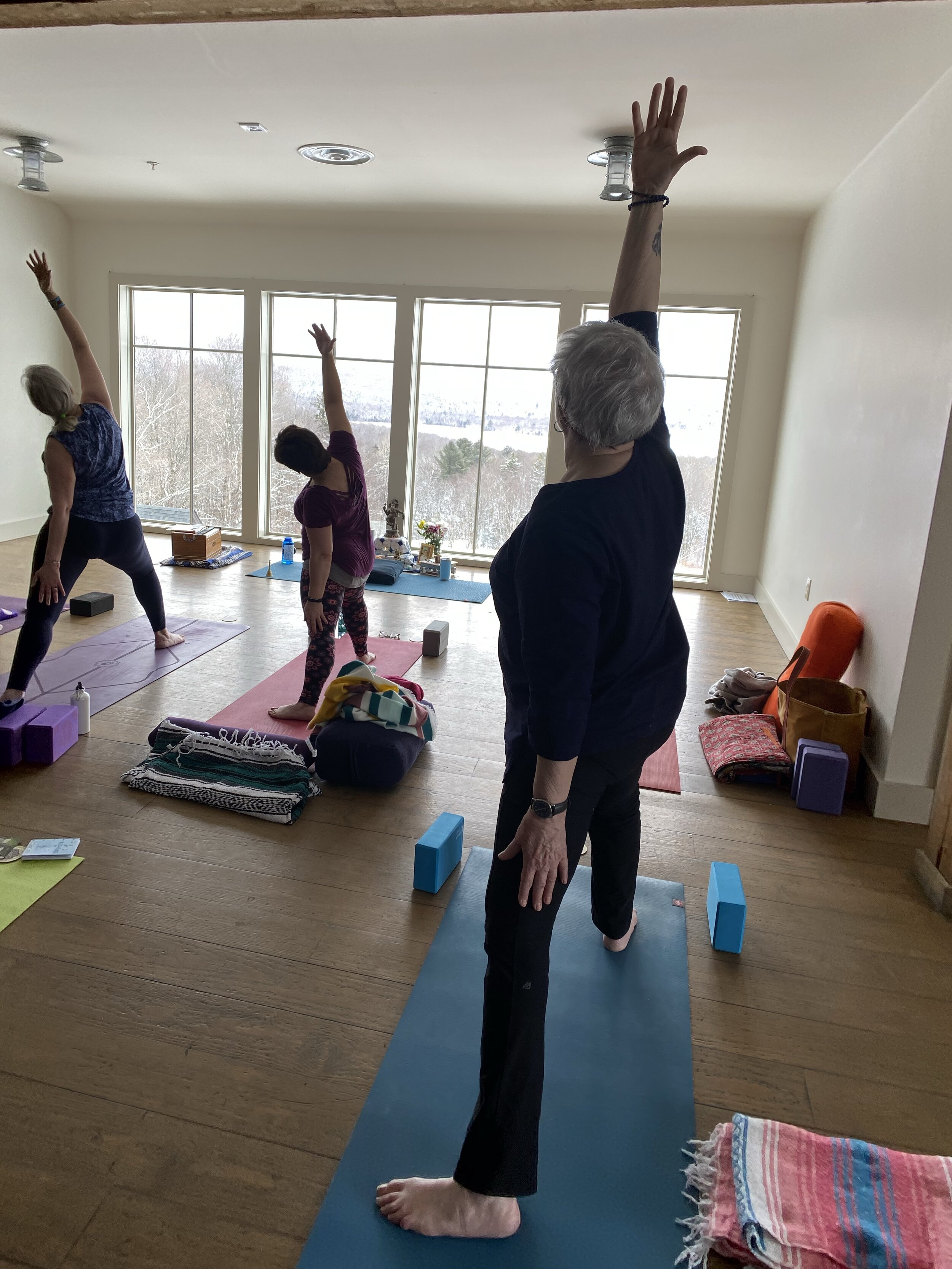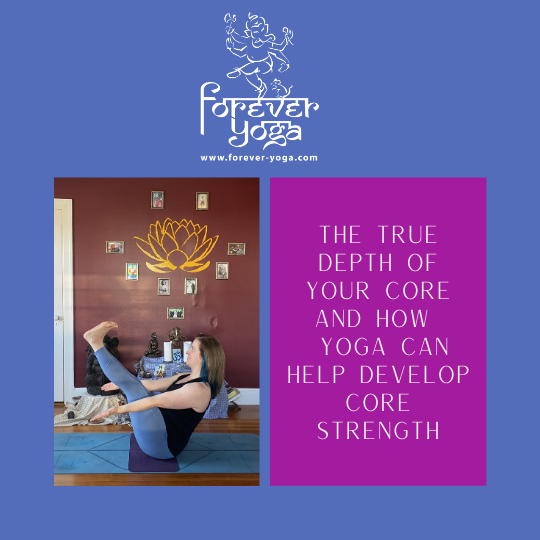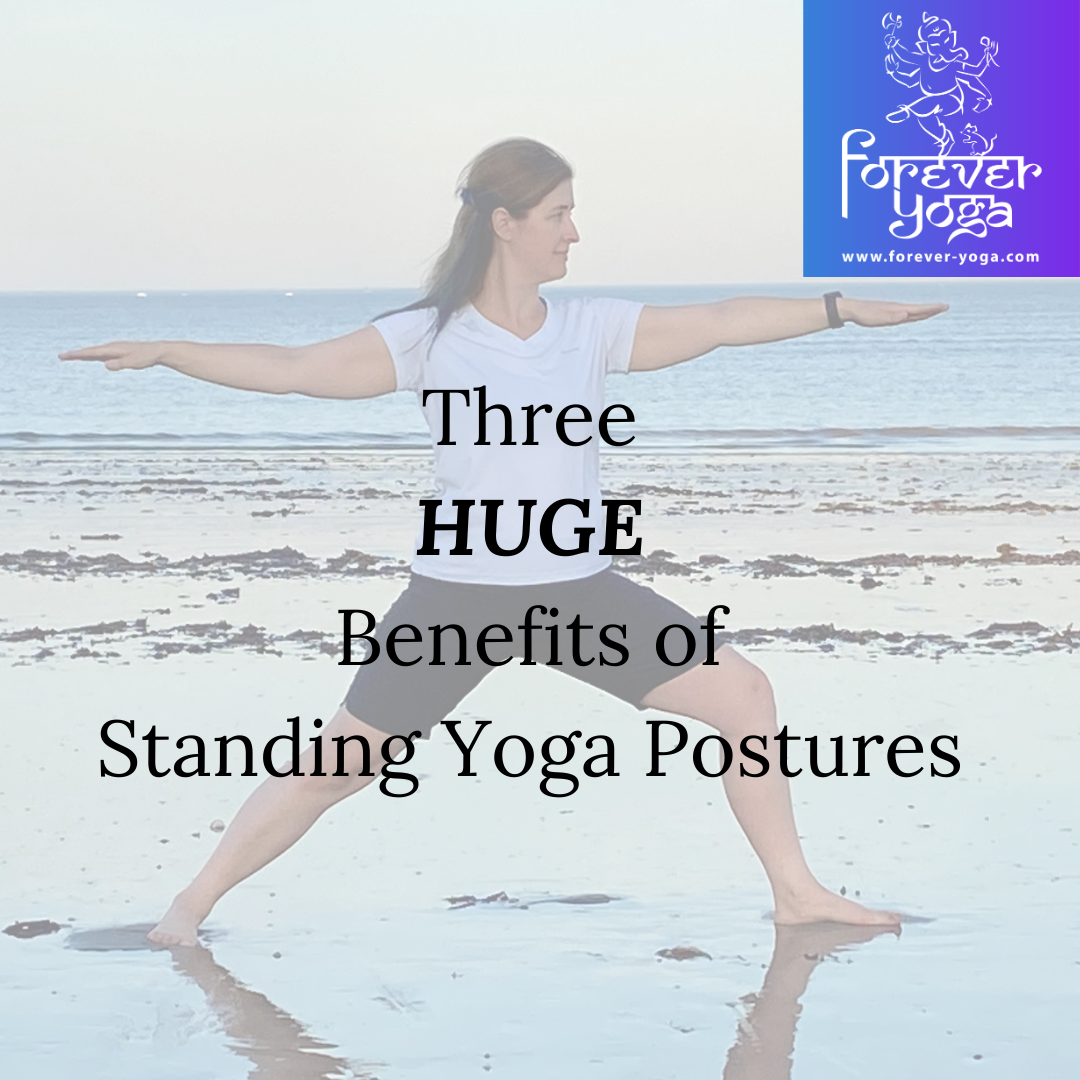Creating Abundance Through Simplicity
/One of the many lessons of the last several months has been how meaningful simplicity can be. Many of us have found ourselves doing without things that we thought we needed, shifting our daily living patterns and bringing a greater focus to what is truly important and meaningful in our lives. As we make our way into the season that celebrates abundance, I find myself reflecting on how my experiments with simplicity at the beginning of the year created the space for dramatic shifts, eliminated unnecessary decision fatigue and allowed me to bring greater quality of attention into my life. If you’re curious about how 33 items of clothing could do all that & create a sense of abundance, read on!
In January of this year, I did something called "The 30 Day Minimalism Game" with some friends on Facebook. The idea comes from The Minimalists and goes like this: starting at the beginning of the month you remove one thing from your home on the first day, two things on the second day, three on the third and so on until the end of the month. As you can imagine, it starts out being pretty easy but when you start getting into 20 and more items per day, things get interesting. For myself, I found once the momentum began, and with the support of an accountability group, I ended up letting go of WAY more stuff than was called for. My husband even started to get involved!
I had no idea how important this little exercise would become just a few months later when I found myself suddenly running my entire business out of my home. Not only did I have the space I needed to teach my yoga classes, I didn’t have to move a bunch of stuff and figure out where I was going to put it to make it happen. A few months after that, when I found myself moving what remained of the physical items from my physical studio into my home, there was far less panic than there might have been otherwise. Who knew in January that I was creating space for such an important shift in my life and business?
After the inspiration of January’s accomplishments, I decided to take it a step further when I found out about Project333. I’ve never been much of a fashionista. I’ve often made the comment that I wished I could go back to the days when someone else dressed me. It seems such a silly thing to be stressed about, but deciding what the heck to wear every day was never my favorite thing because it always seemed to take far too much thought and consternation. And then I found this new possibility of simplicity.
Choose only 33 items to wear for three months including shoes and accessories.
Whoa.
(If you just fell out of your chair you’ll be happy to know the creator of the idea often jokes that she looses most people when she gets to the shoes part! 😂 Also, please note that there are certain things that don’t count including underwear, bras, socks, loungewear and workout clothes [as long as you actually work out in them] if you were worried).
I don’t know if you’ve noticed, but we have four dramatically different seasons here in New Hampshire.
Apparently so did the creator of the project, sighting that she had one day where the temperature swung from 90-30 degrees in her home state of Utah the first time she tried this herself.
“Ok. If she can do it, I can do it.”
Knowing that I was heading to California during that month I figured it would be a pretty good test.
So I went for it. I didn’t throw away everything I owned, but I did a thorough once over of all my clothing, and donated what no longer fit, got rid of what was worn beyond repair and what I simply didn’t want anymore. In the process I cleaned out a couple of drawers in my dresser and decided on what I would wear for the next three months.
Spoiler alert: I didn’t get down to 33 items. But I was around 40 or so. I figured that was pretty good for my first attempt, especially given the fact that I’d be going from freezing NH to a sweaty hot studio in CA and back in between. (I also traveled carryon only for a 2 week trip but that’s a story for another day.)
It took a fair amount of time to get started. I had to be really intentional with everything I chose.
Once the choices were made I noticed immediately how much easier it was to get dressed in the morning. I had spent a little more time on the “front end” of that decision making process and it immediately alleviated my decision fatigue when it came to clothing. That little bit of my morning was no longer a chore and didn’t set a negative tone in my day. My attention shifted to far more important things. Again, as I reflect back on this, I find myself so grateful for creating that mental space for a future that would involve a LOT of decision making in a short period of time.
After the initial work, I fell into an easy routine. And not a single person said anything to me about my clothing choices during those first three months. Not one. When my three months were up I actually forgot that I had to reconsider my choices until the weather started getting warm enough that I needed some different choices. So I decided to do another round. You can probably see where this is going.
I just did my revision for the third time and I intend to keep going with this approach to my personal wardrobe indefinitely.
So what the heck does getting rid of stuff and simplifying have to do with abundance?
When I took the time to be really intentional and considered about what I surrounded myself with and what I put on my body I learned so much about myself and what was really necessary.
I learned
that I really didn’t need as much as I thought I did. A lesson that seems to keep coming around for me.
that a clear plan and intentionality can save you so much energy in the long term. And that energy can be used to focus on so many other important things.
that simplifying can actually create the space for change. It isn’t always the change that we would have wanted or the change we’d planned, but that doesn’t mean it’s bad.
that quality over quantity isn’t just a catchy phrase. Abundance doesn’t have to equal excess. In fact, over abundance can actually be draining. That’s something we tend to think of when we have an over abundance of business meetings or tasks to do, I don’t think it’s something most of us think about when it comes to the physical objects we surround ourselves with each and every day. Or the physical objects we put on our bodies each day.
that just in the same way that the things get accumulated, the letting go of them is also a process. I’m still not down to only 33 items. I might never be. But the process of making the choices and considering fully what I spend money on and what I bring into my life is so very valuable in not only my possessions, but in all other aspects of my life.
that I can actually feel more abundant when I own less.
And so many more things I can’t quite put into words.
Would you ever consider doing something like the Minimalism Game or Project333? Leave me a comment and let me know!











